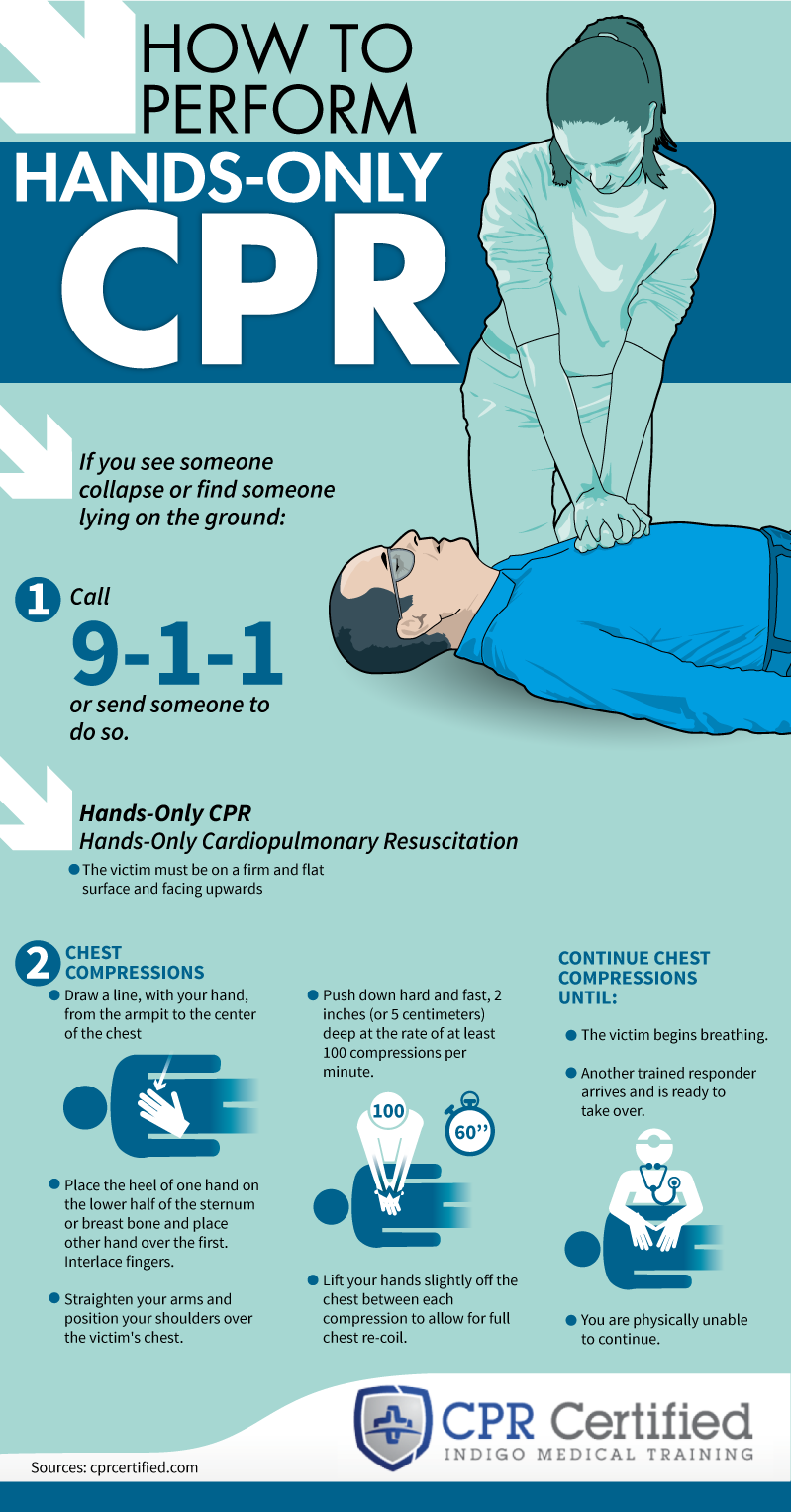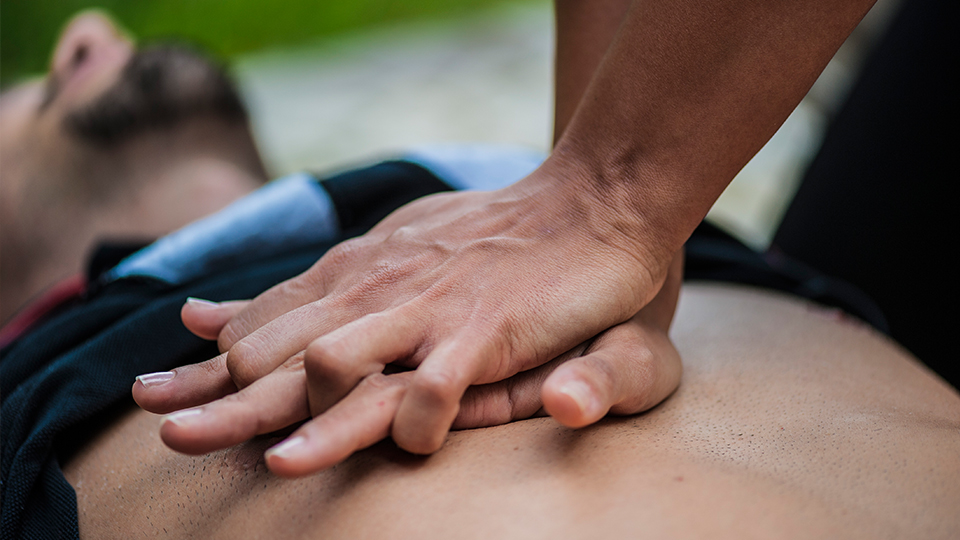
CPR stands for cardiopulmonary resuscitation. It is a life-saving technique used to revive a person whose breathing or heartbeat has stopped. It involves chest compressions and mouth-to-mouth breathing. Knowing how to perform CPR can help save someone’s life. Here’s how to do it.
1. Assess the Situation
The first thing you need to do is assess the situation. Check if the person is unconscious and not breathing. If the person is breathing, then call for medical help. If they are not breathing or have an irregular heartbeat, then start CPR immediately.
2. Call for Help
Before starting CPR, make sure someone has called for medical help. If you are alone, call for help yourself. Time is of the essence in such situations, so do not delay calling for help.
3. Position the Person

Lay the person on a flat surface facing upwards. This should be done on a hard surface like the floor. If the person is lying on a bed or a couch, move them to the ground before starting CPR.
4. Check Their Airway
Check the person’s airway to make sure it is clear. Tilt their head back and lift their chin to open their airway. If there is something blocking their airway, such as food or vomit, remove it carefully.
5. Give Mouth-to-Mouth Breaths

Pinch the person’s nose closed and give them two breaths by blowing air into their mouth. Make sure the person’s chest rises with each breath. If the person’s chest does not rise, then the airway may be blocked. Check the airway again and give two more breaths.
6. Give Chest Compressions

Place the heel of your hand on the center of the person’s chest, between the nipples. Place your other hand on top of the first hand. Lock your elbows and use your upper body weight to push down on the person’s chest. Give 30 chest compressions at a rate of 100-120 per minute.
7. Repeat the Process

Repeat the cycle of two breaths followed by 30 chest compressions. Continue until the person starts breathing on their own or medical help arrives. If you get tired, switch with someone else if there is another person available to help.
8. Do Not Stop Unless the Person Starts Breathing
Do not stop doing CPR until the person starts breathing on their own or medical help arrives. Even if the person’s heartbeat returns, they may still not be breathing on their own. Continue CPR until medical help arrives.
9. Be Prepared to Use an Automated External Defibrillator (AED)

If an AED is available, use it as soon as possible. An AED is a portable device that can deliver an electric shock to the heart to restore its normal rhythm. Follow the instructions on the AED carefully.
10. Stay Calm and Focused

In an emergency situation, it can be easy to panic. However, it is important to stay calm and focused. Take deep breaths and follow the steps of CPR carefully. Remember that you are doing your best to help save someone’s life.
Conclusion
CPR is a life-saving technique that can help revive a person whose breathing or heartbeat has stopped. It involves chest compressions and mouth-to-mouth breathing. Knowing how to perform CPR can help save someone’s life. Remember to stay calm, call for help, and follow the steps of CPR carefully.